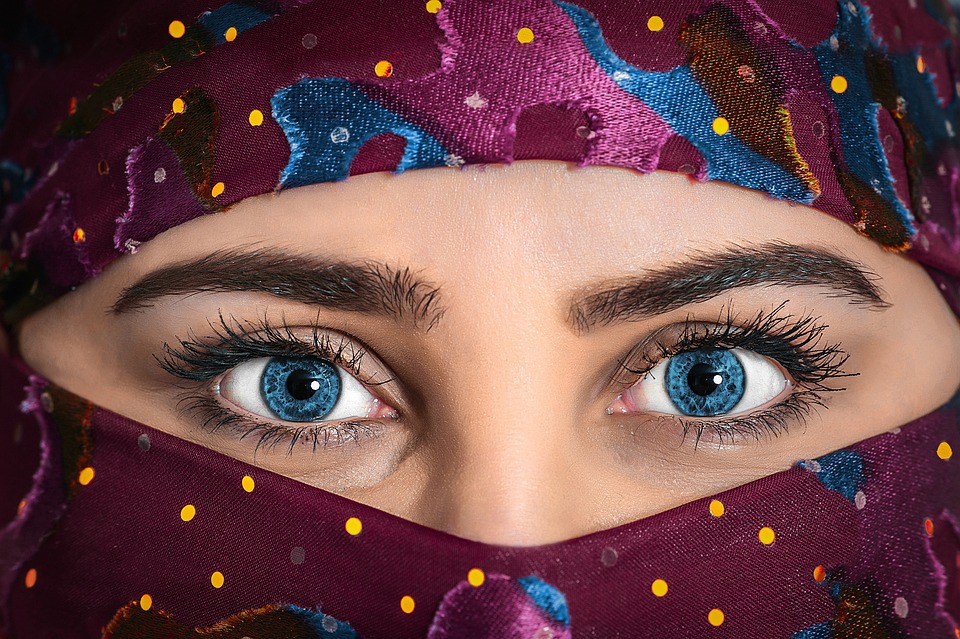The Evolution of Fashion: From Runway to Real World
Introduction:
Fashion is a dynamic and ever-changing industry that constantly evolves to reflect the tastes, preferences, and needs of society. From the runways of high-end fashion shows to the streets of everyday life, fashion trends shape our identity, express our individuality, and influence the way we present ourselves to the world. This article explores the fascinating journey of fashion from the runway to the real world, examining how trends are established, propagated, and ultimately embraced by the masses.
I. The Runway:
1.1 The Birthplace of Fashion Trends
The runway serves as the birthplace of new fashion trends. Fashion designers showcase their latest collections through extravagant, artistic presentations that captivate the audience. These shows provide a glimpse into the creative minds of designers, their inspirations, and the vision they have for the future of fashion.
1.2 Setting the Tone for the Season
Runway shows not only introduce individual pieces of clothing but also set the overall tone for the upcoming season. Designers establish color palettes, silhouettes, and themes that will dominate the fashion landscape in the months to come. The grandeur and spectacle of these shows create anticipation and excitement among fashion enthusiasts worldwide.
1.3 Influential Fashion Weeks
Fashion weeks in prominent cities like Paris, Milan, New York, and London are revered as the ultimate platforms for designers to showcase their collections. These events attract industry professionals, celebrities, and fashion enthusiasts, who keenly observe the runway looks and anticipate the trends that will trickle down to the real world.
II. The Media:
2.1 Fashion Magazines as Trendsetters
Fashion magazines play a pivotal role in disseminating runway trends to the masses. Glossy pages filled with editorial spreads and featured articles act as a visual guide for fashion enthusiasts, exposing them to the latest designs and styling ideas. Editors curate and filter runway looks, transforming them into more wearable options for everyday individuals.
2.2 Influencer Marketing
The rise of social media and influencer marketing has revolutionized the way fashion trends reach the masses. Influencers, individuals with a significant online following, often attend fashion shows and events, documenting their experiences through captivating visual content. Their ability to seamlessly integrate runway trends into their daily lives inspires countless followers to mimic their style.
III. Fast Fashion:
3.1 Accessibility and Affordability
Fast fashion retailers have commoditized fashion by quickly translating runway trends into affordable and accessible clothing. Leveraging efficient supply chains, these retailers deliver the latest runway-inspired designs to the mass market within weeks, allowing consumers to stay on-trend without breaking the bank.
3.2 The Demise of Seasonality
Fast fashion has significantly shortened the traditional fashion cycle, blurring the lines between seasons. Consumers can now experience new fashion trends at an accelerated pace, driving the demand for constant novelty and fueling the fast fashion industry’s exponential growth.
IV. The Real World:
4.1 Street Style and Individual Expression
The real world is where fashion truly comes alive. Street style has become a prominent form of expression, with individuals taking inspiration from runway looks and adapting them to their unique personal style. The streets of metropolitan cities serve as impromptu runways, showcasing an amalgamation of fashion influences and trends.
4.2 Fashion for All Sizes and Shapes
Fashion is increasingly embracing inclusivity, with designers and retailers recognizing the importance of catering to all sizes and body types. The real world fashion scene celebrates diversity, empowering individuals to express their personal style irrespective of societal beauty standards.
4.3 Sustainability and Conscious Fashion
The fashion industry has also been challenged to become more sustainable and environmentally conscious. Increasingly, consumers demand transparent supply chains, ethical production practices, and eco-friendly materials. This shift towards sustainable fashion reflects our evolving societal values and the realization of fashion’s impact on the environment.
FAQs:
Q1: How long does it take for runway trends to reach the real world?
A1: The time it takes for trends to reach the real world varies, but with the speed of social media and fast fashion, it can be as short as a few weeks.
Q2: Are runway looks practical for everyday wear?
A2: Runway looks often feature avant-garde and exaggerated styles that may not be practical for everyday wear. However, fashion magazines and influencers bridge the gap by translating runway trends into more wearable options.
Q3: How has social media influenced fashion trends?
A3: Social media has democratized fashion by providing a platform for individuals to share their personal style and for designers to showcase their work. It has accelerated trend propagation, making fashion accessible to a broader audience.
Q4: Why is sustainability important in the fashion industry?
A4: The fashion industry is one of the largest contributors to pollution and waste. Embracing sustainable practices helps minimize the negative impact on the environment and promotes ethical production.
In conclusion, the evolution of fashion from the runway to the real world is a complex journey that involves numerous stakeholders, trends, and influences. From the grandeur of fashion shows to magazine spreads and social media, fashion trends transcend the runway to reach everyday individuals. The fashion industry’s embrace of inclusivity, sustainability, and personal expression showcases its continuous evolution and responsiveness to societal changes.



